Masako SUMOTO Karasujo Tsumugi/Okayama
Works Available for Purchase
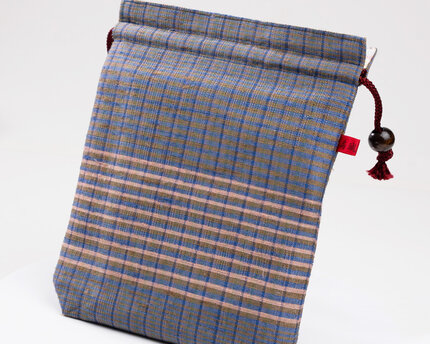
¥5,400[Tax Included]
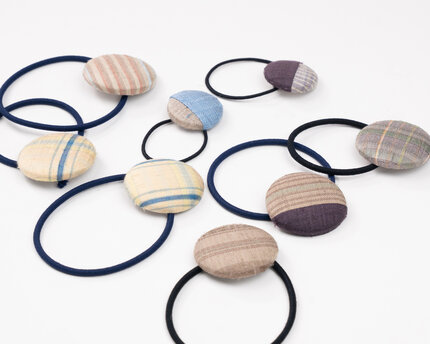
¥880[Tax Included]
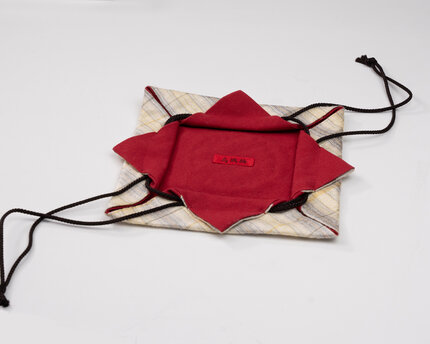
¥4,400[Tax Included]
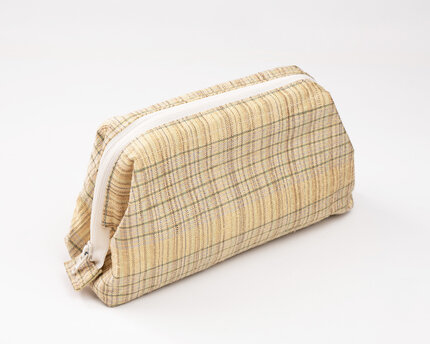
¥4,950[Tax Included]

¥4,400[Tax Included]
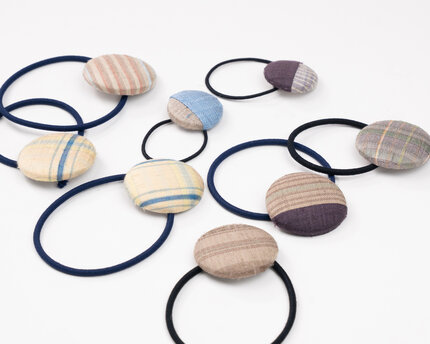
¥660[Tax Included]
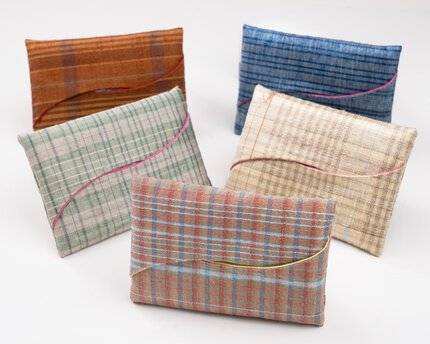
¥1,870[Tax Included]
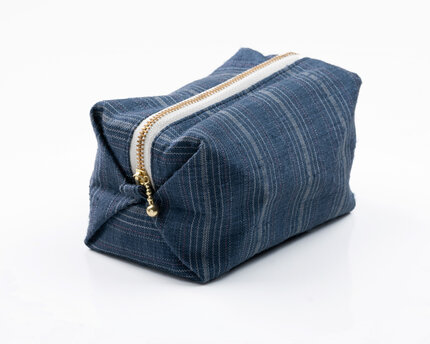
¥4,400[Tax Included]

Contact Us
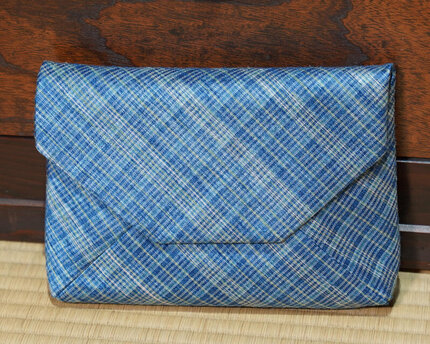
¥7,480[Tax Included]
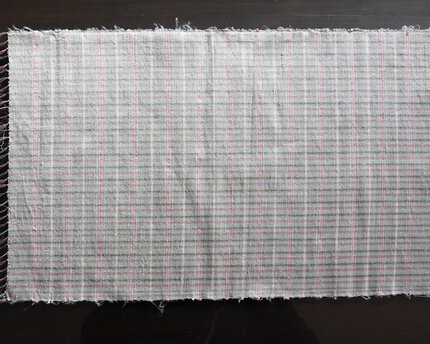
¥6,435[Tax Included]
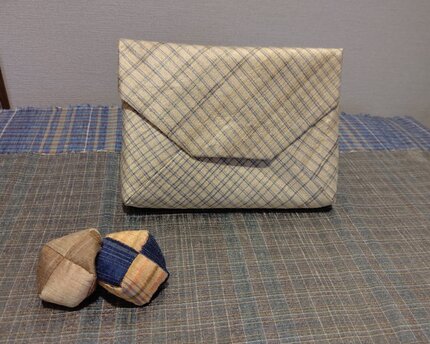
¥7,480[Tax Included]
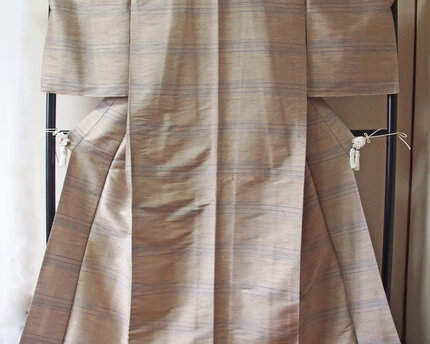
Not for Sale
Biography
October 18, 1940 Born as the eldest daughter of Tsutomu Miyake III
1959 Graduated from a commercial high school and joined Kusaka Shoji in Okayama City
1963 Resigned from Kusaka Shoji on December 31
January 9, 1964 Married Hideo Sumoto and lived in Kobe City.
In 1973, my parents in Miyake asked me to come back to Okayama, so I consulted with my husband for about three years and finally he agreed to go back to Okayama and started Karasugi Tsumugi.
Awards
Okayama Prefectural Exhibition, Sanyo Newspaper Award, Special Prize at the Prefectural Exhibition
National Traditional Crafts Exhibition, sponsored by the Association for the Promotion of Traditional Craft Industries
2010 Small and Medium Enterprise Agency Director-General's Award
Prime Minister's Prize, 2013
Profile
What inspired you to get into this work?
I was the eldest daughter of a family that had been doing this work for nearly 200 years, and everyone had been happy to see me as a successor ever since I was born. However, I was worried that I had done the wrong thing by going to Kobe. After my first son was born, I started spinning yarn in Kobe and helped out. I told my husband about this and it took me three years to return to Okayama and start spinning in earnest.
What do you want to appeal the most in your work?
After I took over, I decided to do the entire process by myself. The weft yarn was spun by hand, refined, and dyed (dyed with plants and trees after I took over), and the warp yarn was also refined, dyed, and prepared on the machine, and I did most of the work myself. In 1995, I started a course sponsored by a community center, and in 1998, I started a club, which is now in its 26th year. My goal is to train people to do all the processes by themselves and to pass on the techniques to future generations.
What do you keep in mind when creating your work?
We make one-of-a-kind garments, not all of which have the same pattern.
We make kimono shaku that are easy to wear and pleasing to the wearer, taking into consideration the colors and patterns.
What do you want to achieve from now on? Or how do you want to live?
We have been doing this for a long time.
I hope that the process of Karasugi Tsumugi will be handed down to the future generations correctly.